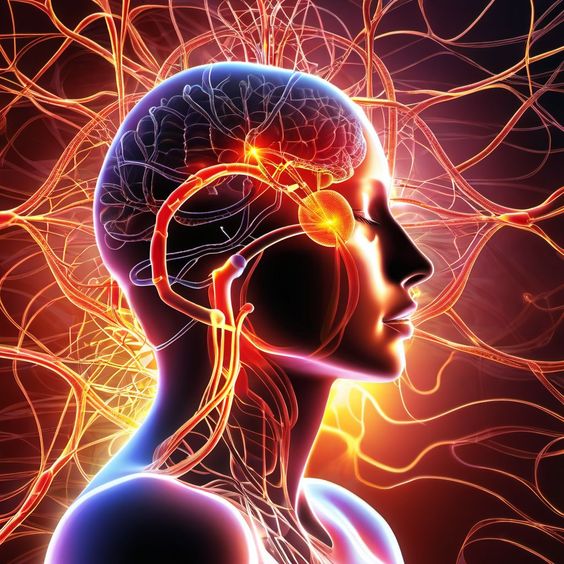Introduction
Williams syndrome, also known as Williams-Beuren syndrome, is a rare genetic disorder that affects an estimated 1 in 7,500 to 20,000 people worldwide. This condition is present at birth and can impact various aspects of an individual's physical and cognitive development. Individuals with Williams syndrome often exhibit distinctive facial features, cardiovascular problems, developmental delays, and unique personality traits, including exceptional social skills and a love for music.

This complex disorder arises from a random genetic deletion on chromosome 7, specifically affecting approximately 25 genes. The missing genetic material leads to the characteristic symptoms of Williams syndrome. While there is no cure for this condition, early intervention and ongoing support can play a significant role in helping individuals with Williams syndrome thrive. This comprehensive guide will delve into the causes, symptoms, and available treatment options for Williams syndrome, aiming to provide a deeper understanding of this unique genetic disorder.
Understanding the Causes of Williams Syndrome
Williams syndrome is caused by a spontaneous deletion of genetic material on chromosome 7. This deletion typically occurs during the formation of reproductive cells (sperm or egg) or in early fetal development. The missing segment of chromosome 7 contains approximately 25 genes, including the gene for elastin, a protein that provides elasticity to blood vessels and other tissues.
The deletion of the elastin gene contributes to the cardiovascular problems often observed in individuals with Williams syndrome. Other genes in the deleted region are thought to be involved in cognitive development, facial features, and other aspects of the syndrome. Since the genetic deletion occurs randomly, parents of children with Williams syndrome typically do not have the condition themselves and are not at increased risk of having other children with the disorder.
Recognizing the Symptoms of Williams Syndrome
The symptoms of Williams syndrome can vary widely from person to person, but some common features include:
- Distinctive Facial Features: Individuals with Williams syndrome often have a characteristic facial appearance that includes a broad forehead, a small upturned nose, full cheeks, wide mouth with full lips, and a small chin.
- Cardiovascular Problems: Many people with Williams syndrome experience narrowing of the aorta (supravalvular aortic stenosis) or other blood vessels. This can lead to heart murmurs, high blood pressure, and an increased risk of heart problems.
- Developmental Delays: Children with Williams syndrome typically experience developmental delays in areas such as motor skills, language development, and cognitive abilities.
- Learning Disabilities: Learning disabilities are common in individuals with Williams syndrome. These may include difficulties with abstract reasoning, problem-solving, and visual-spatial skills.
- Personality Traits: People with Williams syndrome are known for their outgoing and engaging personalities. They often display a heightened sense of empathy, strong social skills, and a love for music.
Exploring Treatment Options for Williams Syndrome
There is no cure for Williams syndrome, but early intervention and ongoing support can help individuals with this condition reach their full potential. Treatment options are tailored to address the specific needs of each person and may include:
- Cardiovascular Management: Regular monitoring and treatment for cardiovascular problems are essential for individuals with Williams syndrome. This may involve medication, surgery, or other interventions.
- Developmental Therapies: Early intervention programs, such as speech therapy, occupational therapy, and physical therapy, can help children with Williams syndrome develop essential skills.
- Educational Support: Children and adults with Williams syndrome may require specialized educational programs to address their unique learning needs.
- Social Skills Training: Social skills training can help individuals with Williams syndrome navigate social situations and develop meaningful relationships.
Conclusion
Williams syndrome is a complex genetic disorder with a wide range of physical and cognitive effects. While there is no cure, early diagnosis, ongoing medical care, and comprehensive support services can empower individuals with Williams syndrome to lead fulfilling lives.

.jpg)